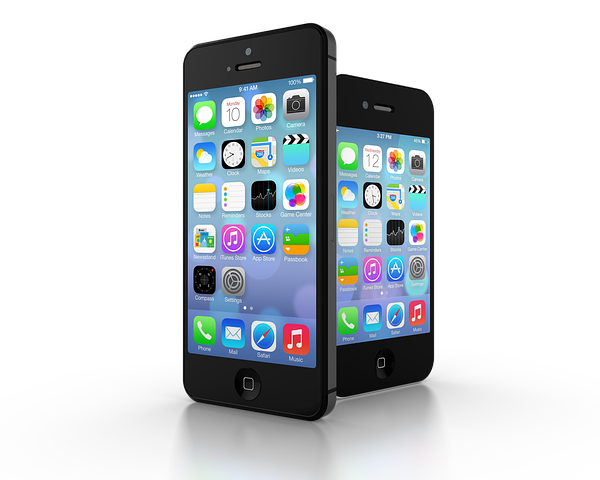01/06/2022
On at 18:54 CET
Pablo Javier Piacente
Korean researchers have succeeded in miniaturizing the technologies required to capture images and generate 3D digital holograms from them. Now, it will be possible to do it with the simple camera incorporated in our smartphone.
A new technology developed by scientists at the Korea Institute of Science and Technology (KIST) and Yonsei University allows you to capture 3d holograms on portable devices, such as smartphones. The miniaturization of the systems could lead to the appearance, in the near future, of three-dimensional holograms similar to those seen in the “Star Wars & rdquor; series, produced from a mobile phone.
The holography It is basically an advanced photography technique: it manages to create three-dimensional images from the use of light. For this purpose, a laser beam registers in a microscopic range, a photosensitive film, or sensitive to light. Then, the interference between two light beams causes the light from one of them to reflect off the object to be reproduced.
Finally, when receiving a point light from the indicated perspective, the effect allows a three-dimensional image to be projected. It is vital in this last point the light polarization, that is, the phenomenon by which light waves are restricted to a specific direction of vibration, that required to create the projection of the image.
Science fiction come true on your mobile phone
Offering highly realistic and impactful images, three-dimensional holograms are no longer the exclusive heritage of science fiction. However, the technological development in South Korea takes them directly to the world of mobile phones, bringing them closer to the daily lives of millions of people around the world.
According to a press release, until now 3D holograms could be captured using only a large specialized camera, with a polarizing filter that allowed “see & rdquor; at different wavelengths, beyond the visible light with which we are familiar. Now, new technology allows these functions to be incorporated into conventional cameras such as those found in mobile phones, by reducing the size of the devices and simplifying the systems.
How did they do it? According to the conclusions of the new study, recently published in the journal ACS Nano, the key to progress is the so-called photodiodes, which convert light into electrical signals. These are essential components within the image sensors that digital cameras have, even those incorporated in today’s smartphones.
The key is miniaturization
Until the development of this new technology, photodiodes necessarily needed to incorporate a additional polarization filter, to be able to detect multiple light frequencies by means of the image sensor of a camera and create the holograms in the indicated frequency. Their size prevented their implementation in portable electronic devices, due to their inability to integrate and miniaturize.
However, the new technology created by Asian scientists solves this problem by eliminating the need to add an additional filter. Consequently, it deploys the light polarization functions at image sensor of a normal camera and provides a variety of new information, while making it easy to store 3D holograms with a home camera built into a smartphone.
The specialists concluded that the new sensor can detect near infrared light in detail, as well as visible light and other frequencies, opening new opportunities in various fields. In short, it would …….
Source: https://cvbj.biz/3d-digital-holograms-hit-smartphones.html
